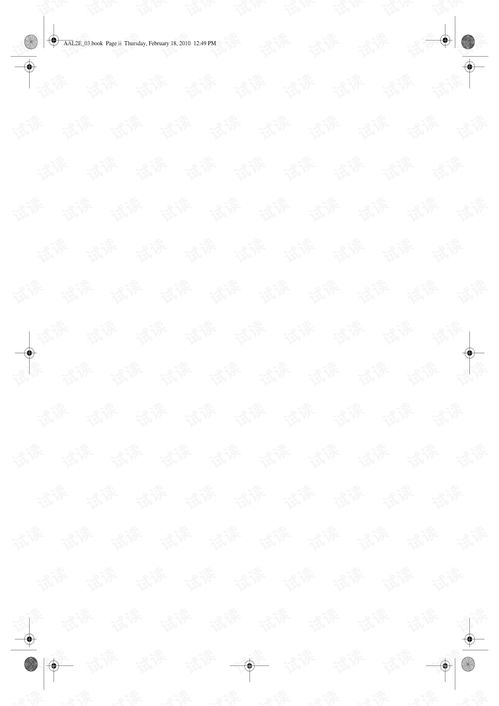Introduction:
Fishing, an age-old pastime, requires not only patience and skill but also a keen understanding of the nuances involved in the equipment. One such critical aspect is the art of tackle adjustment, particularly when it comes to tuning the bait float. The right adjustment can mean the difference between a successful catch and a day spent waiting. In this article, we will delve into the essential tips and techniques for mastering the art of tackle adjustment, focusing on how to perfectly tune your bait float.
Understanding the Bait Float:
Before we dive into the adjustment process, it's important to understand the purpose and function of the bait float. A bait float, also known as a bobber, is a device used to keep the bait at a specific depth in the water. It is crucial for presenting the bait in a way that mimics the natural movement of prey, thereby attracting fish.
Selecting the Right Bait Float:
The first step in the process is selecting the right bait float for your fishing environment. Different floats are designed for different depths and conditions. Consider the following factors when choosing a bait float:
- Size: The size of the float should be proportional to the size of the bait you are using. Larger baits require larger floats, while smaller baits can be presented with smaller floats.
- Shape: The shape of the float affects its buoyancy and movement. For slower presentations, choose a float with a rounder shape, while for faster presentations, a more streamlined shape is preferable.
- Visibility: Some floats are designed to be more visible to fish, while others are designed to be less noticeable. Choose a float that suits your fishing style and the conditions of your fishing spot.
How to Adjust the Bait Float:
Once you have the right bait float, it's time to adjust it. Here are the steps to follow:
- Attach the Float: Begin by attaching the float to your line. Ensure that the line is securely tied to the float's clip or thread.
- Add Weight: Depending on the depth you want to fish, add a weight to the line. This weight will help keep the float at the desired depth. Start with a small weight and adjust as needed.
- Adjust the Float's Position: The position of the float on the line determines the depth at which the bait will be presented. To adjust the depth, move the float up or down the line. A higher position on the line will present the bait closer to the surface, while a lower position will present it deeper.
- Fine-Tuning the Float:
- Buoyancy Test: Once you have the float at the desired depth, perform a buoyancy test. Drop the float into the water and observe its movement. It should remain steady and not move excessively with the current.
- Adjust the Weight: If the float is moving too much, add more weight. If it's not moving at all, remove some weight.
- Adjust the Float's Position: If the float is too close to the surface, move it down the line. If it's too deep, move it up the line.
Advanced Tips for Tackle Adjustment:

- Use a Float with a Built-In Clip: This allows you to quickly adjust the weight and position of the float without having to remove it from the line.
- Experiment with Different Depths: Fish may be feeding at various depths, so experiment with different float positions to see where the most bites come from.
- Keep the Line Taut: A taut line will help keep the float steady and prevent it from being knocked around by waves or currents.
- Use a Scented Bait: Adding a scent to your bait can increase its attractiveness to fish, making it more likely to trigger a bite.
Conclusion:
Adjusting the bait float is a skill that takes practice and patience, but it is well worth the effort. By understanding the purpose of the float, selecting the right one for your needs, and mastering the art of adjustment, you can significantly improve your chances of catching fish. Remember, the key to success lies in fine-tuning the float to the conditions of your fishing spot and the behavior of the fish you are targeting. Happy fishing!












